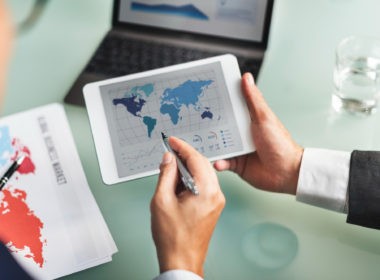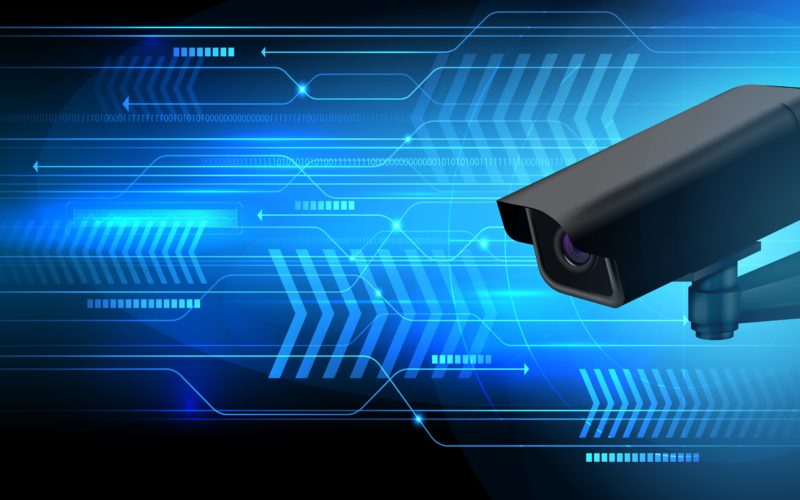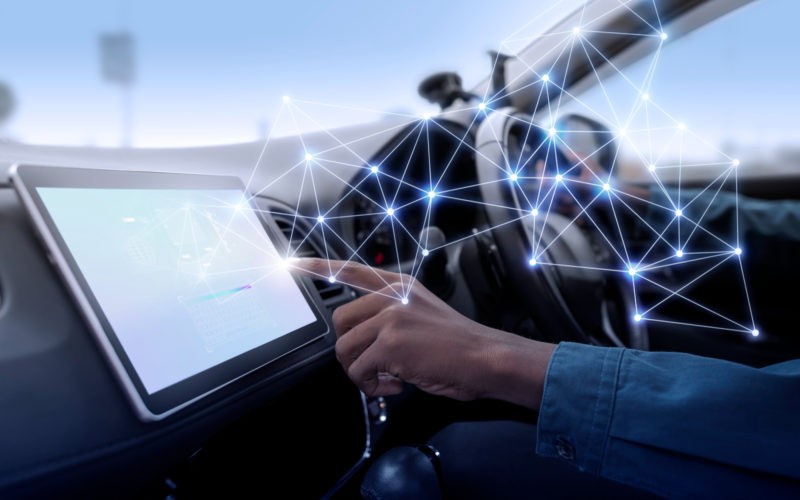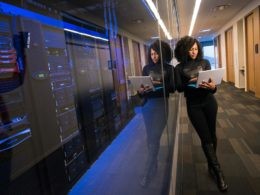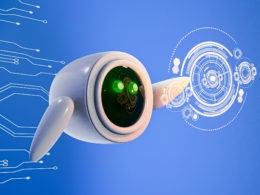Artificial intelligence (AI) is rapidly transforming the way cities protect their citizens and maintain order in public spaces. Around the world, governments are integrating AI into surveillance systems to monitor urban environments more effectively and respond to incidents more efficiently. In fact, according to the 2022 AI & Big Data Global Surveillance Index, 97 out of 179 countries included in the index are now using AI and big data technologies for public surveillance, ranging from smart policing to public facial recognition systems. This growing adoption reflects a global shift towards more proactive, tech-driven approaches to urban safety.
One of the most significant developments in this space is AI video surveillance. These systems go beyond passive video recording, instead using intelligent algorithms to analyse footage in real time. While the technology behind it is complex, the goal is simple: to enhance public safety through faster detection, quicker response, and smarter resource allocation. In this article, we’ll explore how AI video surveillance is changing the game for public safety and security.
1. Real-Time Threat Detection
One of the biggest advantages of AI video surveillance is its ability to spot potential threats as they happen. AI systems can recognise behaviours that may signal suspicious activity, such as someone loitering in a restricted area, an unattended bag, or a sudden build-up of people in one spot. These systems trigger alerts instantly, allowing security teams to respond before things escalate. Traditional surveillance struggles to match this immediacy, as it depends on human operators to monitor multiple feeds, a task that becomes harder and more error-prone as camera networks grow.
2. Automated Facial Recognition and Identification
AI has also transformed the way individuals are identified in public spaces through facial recognition technology. By comparing live video with stored images, AI can quickly flag persons of interest, such as crime suspects, missing individuals, or unauthorised visitors. This makes the process of identification faster and far more efficient. In contrast, traditional systems depend on manual video review and comparison, which is time-consuming and not always reliable. With AI, identification that used to take hours or even days can now happen in seconds.
3. Predictive Policing and Crime Pattern Analysis
AI isn’t just reactive; it can also be used to help prevent crime by identifying trends and predicting where and when certain offences are more likely to occur. This is typically done by processing historical crime data, geolocation patterns, and behavioural cues captured on video to highlight potential hotspots or times of increased risk. As a result, police and security teams can plan patrols more strategically and deploy resources where they’re most needed rather than spreading them thin based on guesswork. Overall, AI brings a level of insight and foresight that makes crime prevention more targeted and effective.
4. Reduced Human Error and Monitoring Fatigue
Watching surveillance footage for hours on end is mentally exhausting, leading even experienced agents or operators to miss important details. AI takes over much of this workload by monitoring video feeds continuously and consistently, without distraction or fatigue. It can be trained to detect specific behaviours, objects, or events, and doesn’t lose focus over time. This results in fewer missed incidents and more reliable surveillance overall, especially compared to traditional systems that rely entirely on human attention.
5. Enhanced Incident Investigation
When an incident occurs, reviewing hours of footage can be incredibly time-consuming. In traditional systems, this process must be done manually, which not only takes longer but also increases the risk of overlooking important details. AI simplifies the task by enabling teams to search based on specific criteria, such as a person in a red jacket or a particular vehicle, so relevant clips can be found within seconds. This accelerates investigations and helps ensure that no crucial information is missed.
6. Integration with Smart City Infrastructure
As cities become smarter and more digitally connected, maintaining public safety remains a central focus of urban planning. AI video surveillance can be integrated with other smart city technologies to create a more connected and responsive public safety network. For example, if a traffic incident is detected, the system can automatically alert emergency services, adjust traffic signals, and provide live footage for assessment. This builds on the concept of interoperability, where different systems communicate and work together to manage situations more effectively.
7. Improved Public Space Management and Safety
Finally, AI enhances public safety by detecting situations that could put people at risk. It can identify when a space has become too overcrowded, for example, or if someone has fallen or entered a dangerous zone, such as a train track. These features are particularly valuable in locations like transport hubs, stadiums, and large public events. Unlike manual monitoring, which requires a large team to watch every feed, AI video surveillance provides constant oversight and alerts staff immediately when something goes wrong, helping to prevent accidents before they escalate.
As cities grow more complex, the need for faster, smarter, and more adaptive approaches to safety continues to rise. AI video surveillance represents a shift in how we approach the protection of public spaces in real time. The technology has the potential to reshape how cities safeguard their communities, making urban environments not only safer but also more responsive and better prepared for the challenges ahead.


